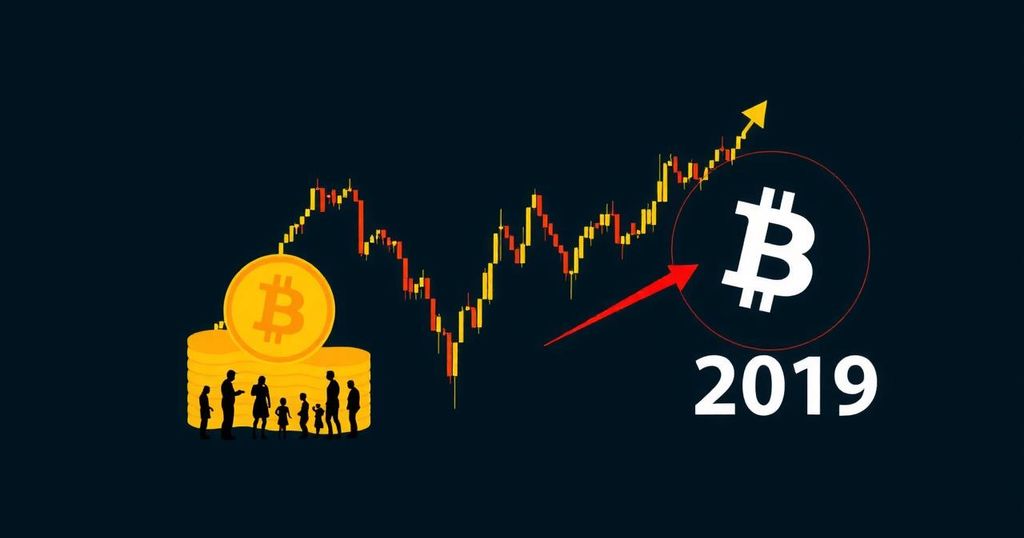Bitcoin and the Stock Market: A Complex Relationship Revealed by Economic Events
The correlation between Bitcoin (BTC) and the S&P 500 (SPX) has long been a topic of interest, especially during significant economic events such as Federal Reserve rate cuts. While the two markets often exhibit a correlation, this relationship can diverge, particularly in response to monetary policy adjustments. The current state of affairs in 2024 suggests that this divergence may be occurring once again, reminiscent of patterns seen in the past.
In 2019, during a period of Federal Reserve rate cuts, Bitcoin notably deviated from its usual correlation with the S&P 500. Prior to the cuts, the two markets moved in tandem, but BTC experienced greater volatility and a notable decline before stabilizing at around $4,800. During the same period, the S&P 500 briefly dropped before embarking on a slow but steady ascent.
A respected crypto analyst, Benjamin Cowen, has drawn attention to this trend, emphasizing that it reflects a pattern observed during similar monetary shifts. In 2019, following Bitcoin’s downturn, the cryptocurrency rebounded strongly, while the S&P 500 maintained its gradual upward trajectory.
Cowen has highlighted that during times of economic uncertainty, Bitcoin often diverges from traditional financial markets as it responds differently to risk and macroeconomic conditions. This suggests that the divergence witnessed in 2019 may serve as a guide for current trends in 2024.
As observers speculate about a potential repeat of this divergence, Bitcoin and the S&P 500 appear to be taking on familiar roles once again. Bitcoin has demonstrated signs of cooling off from its previous peaks, while the S&P 500 continues its steady rise. This apparent divergence echoes the 2019 cycle, where Bitcoin experienced a decline before stabilizing and entering a new uptrend. The similarities between 2019 and 2024 point to the possibility of Bitcoin’s recent pullback being temporary, with the potential for a future rally as market conditions evolve.
Furthermore, Bitcoin’s outlook is influenced by favorable macroeconomic conditions. The U.S. Consumer Price Index (CPI) for July recorded a 2.9% increase, slightly below expectations, reinforcing a dovish monetary policy outlook. This has sparked speculation that the Federal Reserve might halt rate hikes or even consider a cut, potentially benefiting Bitcoin by weakening the U.S. dollar and increasing demand for alternative assets.
In addition, recent data from CryptoQuant indicates that Bitcoin reserves on centralized exchanges have fallen to levels not seen since 2018. The decrease in available Bitcoin for trading suggests that investors are moving their holdings into cold storage, potentially reducing liquidity.
It is imperative to note that the content provided here is intended for informational purposes and should not be regarded as financial advice. The views expressed in this article may include the author’s personal opinions and do not necessarily align with The Crypto Basic’s viewpoint. Readers are strongly encouraged to conduct thorough research before making any investment decisions. The Crypto Basic does not assume responsibility for any financial losses incurred.
Overall, the intricate relationship between Bitcoin and the stock market continues to unfold during pivotal economic events, demonstrating the dynamic nature of these markets. As we navigate uncertain economic terrain, it becomes increasingly important to monitor and analyze these trends, understanding that they can offer valuable insights into the broader financial landscape.






Post Comment